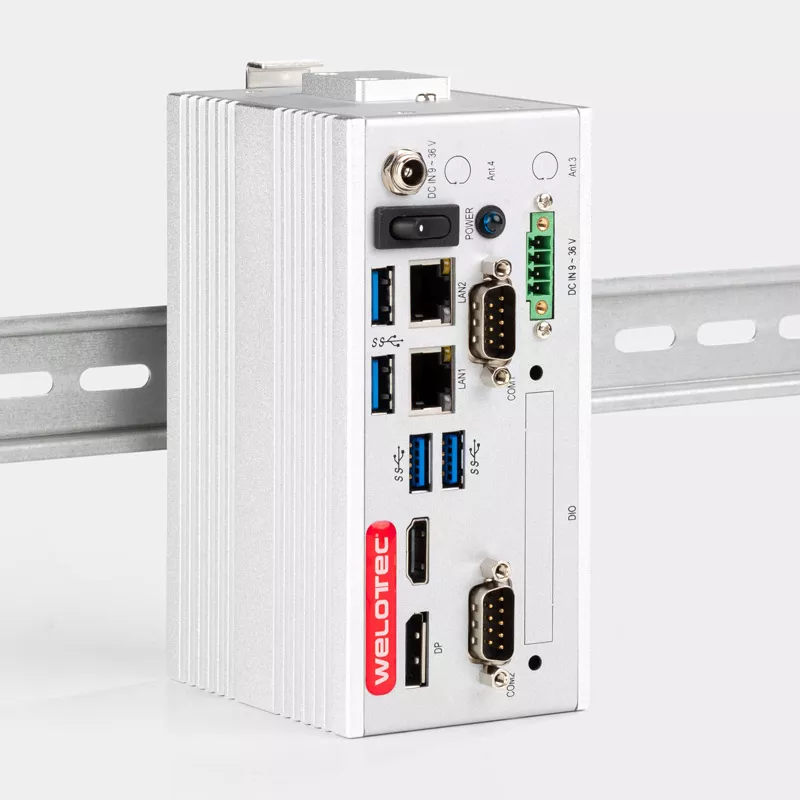Digital debt collection increases speed and collection rates while lowering recovery costs and reducing delinquencies.
The days of going after customers aggressively without following a rigorous debt collection process and occasionally hiring untrained labourers from abroad seem to be long gone.
Through a larger ecosystem-led push and enablement that involves both the public and private sectors, India’s digital transformation is receiving considerable backing. The understanding of digital, support infrastructure, and connectivity have all significantly improved over the previous few years. The epidemic greatly accelerated the adoption of digital technology, even in rural areas.
For obvious reasons, giving out loans is frequently simpler for lenders than collecting them. On the other hand, for consumers, getting a loan is frequently simpler than paying it back. The stressful situation spills over into the lucrative debt collection industry.
Debt collection is impacted by the technological revolution that is taking place in banking. Lenders now have the opportunity to cultivate deeper, more lucrative relationships with their clients while improving the effectiveness of their collection procedures due to new digital approaches.
Let’s evaluate the shortcomings of the sector’s present debt collection methods and how technology is advancing them.
Beginning with reviewing how debt collection currently operates. There are three main approaches: the first is internal debt collection, which is now relatively limited in the market because it requires a lot of manpower.
Outsourcing is a more well-liked strategy, in which the loan originator entrusts collection to a third party in exchange for a percentage or set fee. Such a company can approach this assignment in a number of ways, including by getting in touch with the client and arranging payment or by filing a lawsuit and taking the legal path.
Third, a common technique is selling the loan portfolio to a third party at a discount, in which case the third party keeps all proceeds.
The first drawback you’ll notice is that creditors are essentially unable to perform first-party collections efficiently. As a result, collectors receive far less money than their loans are actually worth, which results in a loss of revenue. Aging technologies and outdated servicing infrastructure are to blame for this.
Additionally, legacy systems prevent lenders from maximising their returns, streamlining procedures, and minimising agent participation.
The sector still uses a lot of outdated technology and manual servicing procedures. There is hardly much latitude in these procedures. Agents of the creditors, who are really handling collections, have a limited capacity to adopt loan modifications to meet the demands of the customers.
This holds true whether or not their first-party collection operations are carried out internally or externally. Lenders consequently write off significantly more accounts than they ought to, sending these accounts to outside collection firms.
First, instead of keeping all of the money they may collect, lenders must sell their past-due accounts for pennies on the dollar. Second, by handing off delinquent accounts to a third-party collections company, also known as a debt collection agency in the industry, lenders are essentially writing off borrower relationships that they worked so hard to establish and which may turn out to be quite profitable in the long run, particularly in the case of extenuating circumstances like job loss or a recession.
In the past, debt collectors have struggled to establish the greatest relationships with clients. That makes sense because nobody likes to be continuously reminded of their debt obligations. But doing that has a cost to creditors. Many of the tirelessly developed connections the creditor has developed are lost as a result of its inability to establish rapport.
However, creditors are still capable of performing their duties and cultivating positive client relationships. Full disclosure and cross-channel communication are the best options here.
Lenders are now being more open about their procedures in light of this. In this way, customers have greater comfort and involvement with finance. This is particularly essential since current consumers are considerably more interested in managing their finances. They frequently check what their banks are charging them and file complaints when they notice something that doesn’t seem right.
Specifically speaking, the CFPB’s (Consumer Financial Protection Bureau) new laws have made sure that there is regulatory pressure to implement multichannel communications. This restriction on the amount of encounters debt collectors might have with customers was put into place in late last year. Additionally, it gave customers the option to select the channel via which they want to be contacted.
For creditors and debt collectors, this meant two things: Well first of all, because there are a finite amount of interactions with customers, each one is now more valuable. In order to reach customers in the manner of their choice, they must be present across channels.
How do new systems assist creditor’s progress in such a situation and close these disparities then?
The rigidity of earlier software as a-service servicing platform has taught modern platforms a lesson. When loan adjustments are required, these platforms provide creditors a significant amount of flexibility to meet clients halfway and greatly decrease the need for manual engagement. Additionally, these platforms give creditors the ability to use their own operational information in conjunction with testing, improvement, and automation to get better outcomes.
Modern collections systems take advantage of the lender’s loan management system’s close connectivity to enable powerful loan modification features. With entirely customizable policies by area and product,” the agent writes, “agents may easily postpone due dates, amend or extend terms, create bespoke payment plans, reverse or backdate payments, and more.
Such integration makes use of artificial intelligence while also automating the process. Creditors can use client information to support debtors’ continued on-time payments. Additionally, these debt collection technologies include automated communication tools.
Routes of Communication
Consumers’ chosen channels of communication can be used automatically to send predefined multichannel messaging. Lenders can also enable automated campaigns to collect if a consumer ends up in collections, only using agents when their assistance is helpful.
Even better, some debt collection services have built-in compliance features that assist creditors in making sure that any actions performed by their system comply with all relevant local, state, and national statutes. Since there are significant hazards associated with non-compliance during delinquency, this is not a minor consideration.
More than ever, consumers today demand customised products and services. And as more and more financial products accept them, they have nearly become a standard in today’s financial services. A growing tendency of self-service in debt collection has resulted from this.
According to this definition, customization in this context refers to the ability of borrowers to self-serve modify their payment schedule and fine-tune their autopay schedule.
Another variation of this is when creditors’ own debt collection services or technologies use their own automation systems to collect on past-due accounts instead of outsourcing to a third party.
Although outsourcing is frequently the proper course of action, it occurs much too frequently out of necessity because of rigid infrastructure. When lenders do have infrastructure that is sufficiently adaptable, both their economics and client experience may advance.
It’s fascinating to observe how technological advancements can profoundly alter a sector as dated, conventional, and restrictive as debt collecting. While boosting productivity and profitability for the firms that power them, new, AI-enabled solutions and systems are enhancing the financial experiences of their clients and making them feel more effortless.
To Sum Up
Because client experiences have been meticulously planned and mapped out in advance, client reactions immediately start the next step of interactions, gently but forcefully pushing the consumer in the direction of the intended results. The tailored payment links are created instantaneously and integrated into client communications, enabling them to process payments in a safe, practical, and reliable manner.
With a mobile collections app for field agents, last-mile operations are fully digitalized for a variety of reasons. This is quite helpful for serving clients who still prefer to deal with collections in person but yet desire the comfort, ease, and personalized experience that such digital platforms provide.
Digital debt collection improves timeliness and collection rates even in remote places while lowering recovery costs and reducing delinquencies. It gives lenders the necessary digital infrastructure to speed up recoveries across the spectrum of delinquencies, including pre-due phases with less labor-intensive debt collection efforts.
As debt collections became more affordable, predictable, and rapid, creditors with higher recoveries would increasingly consider lending to rising segments and remote locations, which have stayed outside the credit umbrella for the time being. In this case, a well-rounded technology-led approach to a collection can aid in promoting financial inclusion.


